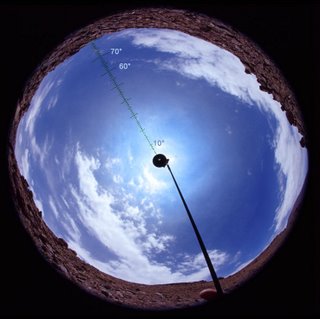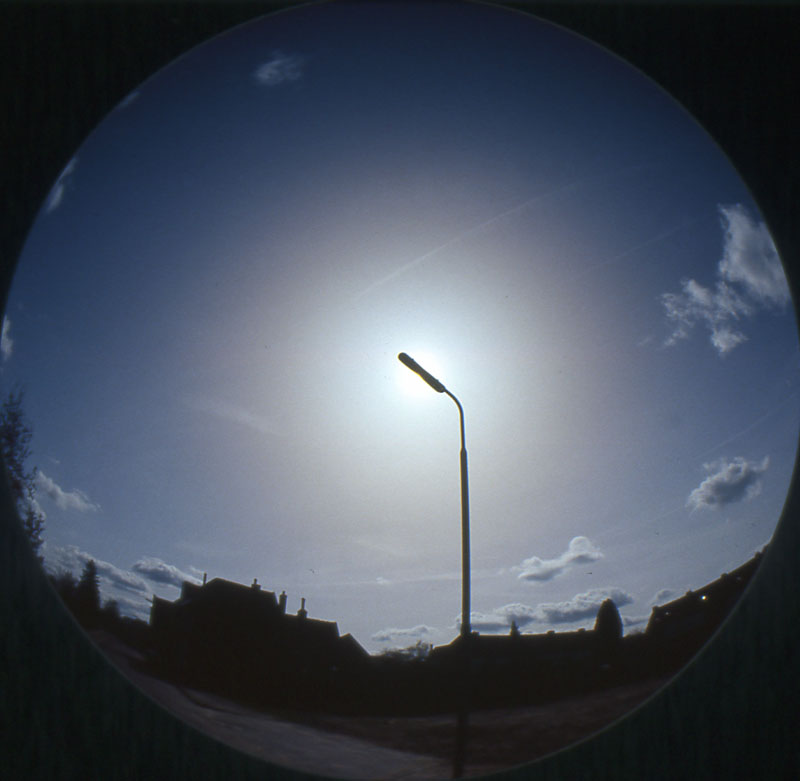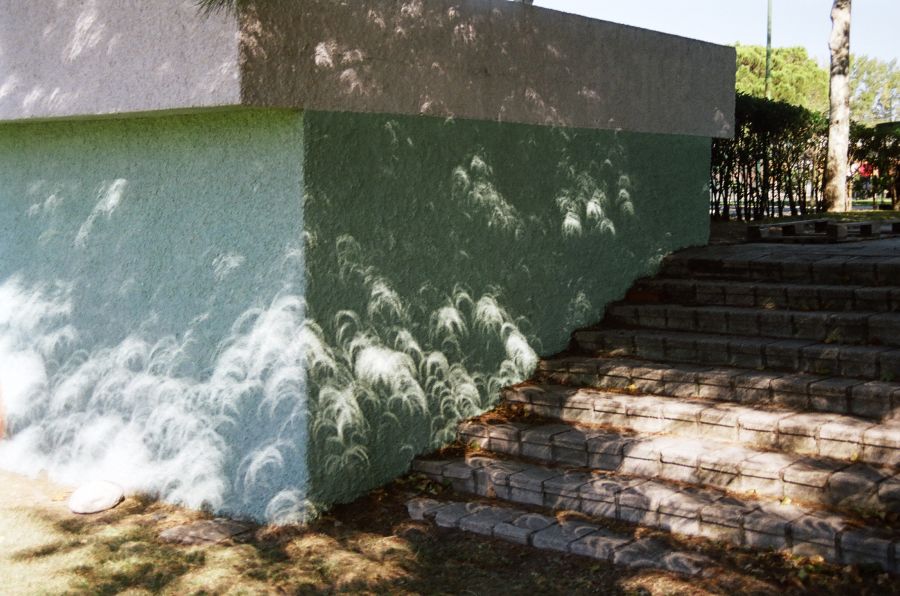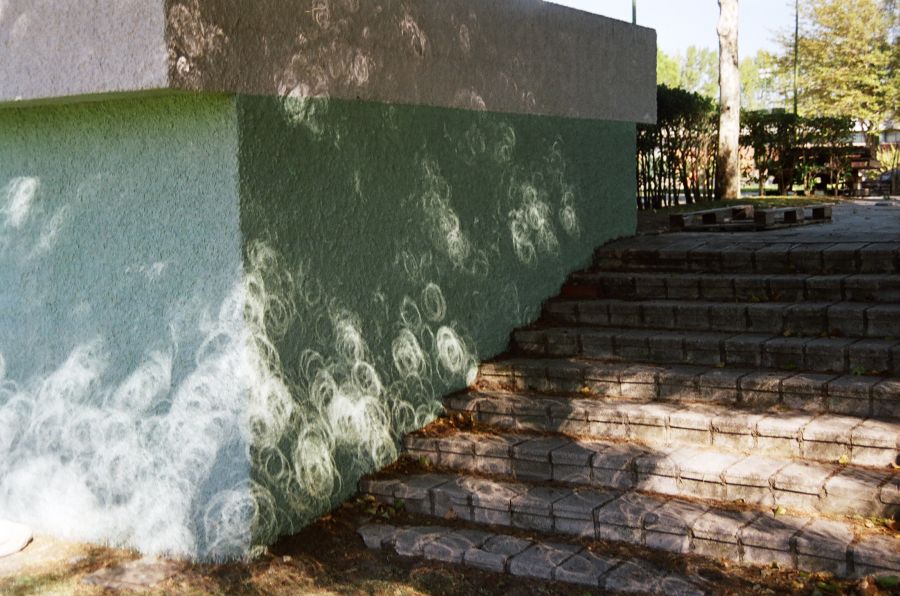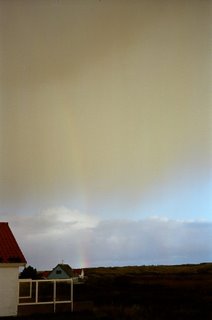 In Germany October 2005 was very dry, calm and warm with no frosts. The weather gave rise to a large number of spiders and of course their webs. Towards the end of the month, Reinhard Nitze’s attention was drawn to an unusual light phenomenon on a ploughed field. The sun produced a silvery reflection like the glitter path seen on waves when the sun is low. He had seen the effect earlier on scythed grain and grass fields but never so conspicuous. The effects were produced by sunlight reflecting off threads of spider silk that happened to be perpendicular to the sun – eye line in the numerous webs in the fields (more images 1,2,3).
In Germany October 2005 was very dry, calm and warm with no frosts. The weather gave rise to a large number of spiders and of course their webs. Towards the end of the month, Reinhard Nitze’s attention was drawn to an unusual light phenomenon on a ploughed field. The sun produced a silvery reflection like the glitter path seen on waves when the sun is low. He had seen the effect earlier on scythed grain and grass fields but never so conspicuous. The effects were produced by sunlight reflecting off threads of spider silk that happened to be perpendicular to the sun – eye line in the numerous webs in the fields (more images 1,2,3). The effect is seen also in the lower left image where the web reflections in trees make concentric rings.
The effect is seen also in the lower left image where the web reflections in trees make concentric rings.Bare and wet twigs produce similar effects as do support wires in vineyards. Perhaps observers have seen other reflection effects like these?
[Report: Reinhard Nitze]








